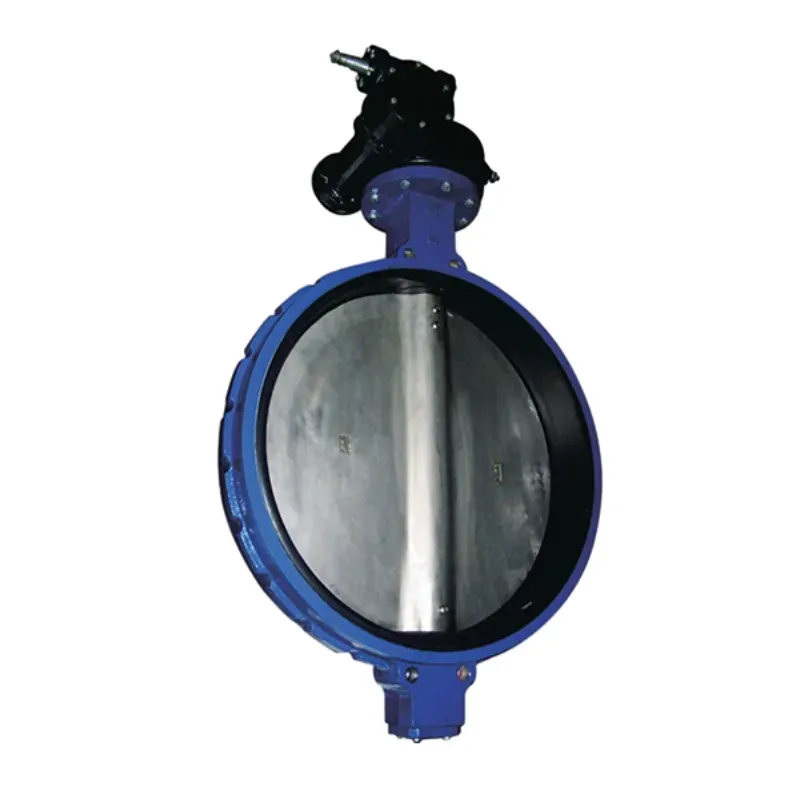10 月 . 17, 2024 14:16 Back to list
Understanding Standard Wire and Cable Specifications for Electrical Applications
Understanding Standard Wire and Cable Essential Components in Electrical Engineering
Wire and cable are integral components of electrical systems, providing the necessary pathways for electrical currents to flow. Whether in residential buildings, commercial spaces, or industrial settings, the appropriate selection and application of wires and cables are crucial for the efficiency, safety, and functionality of electrical systems. In this article, we will explore the characteristics, types, and standards of wire and cable to provide a comprehensive understanding of their importance in electrical engineering.
Types of Wires and Cables
Wires and cables can be categorized based on various factors, including their construction, insulation type, and intended application. The most common types include
1. Conductors These are the metallic components within the wire that carry electrical current. Copper and aluminum are the most widely used conductive materials due to their excellent conductivity and flexibility.
2. Insulated Wires Insulation is vital for protecting conductors from environmental factors and preventing electrical shocks. Various materials, such as PVC, rubber, and thermoplastic, are used to insulate wires, depending on their application.
3. Power Cables These cables are designed for the transmission of electrical power over long distances. They typically consist of multiple conductors and are insulated to handle higher voltages.
4. Communication Cables Used for data transmission, these cables include twisted pair cables, coaxial cables, and fiber optic cables. Each type has its unique characteristics and applications, especially in telecommunications and networking.
5. Specialty Cables These are designed for specific applications, such as high-temperature environments, underwater use, or in hazardous locations. Examples include fire-resistant cables and marine cables.
Standards and Specifications
The manufacturing and usage of wires and cables are governed by strict standards to ensure safety, reliability, and performance. Organizations like the Institute of Electrical and Electronics Engineers (IEEE), the International Electrotechnical Commission (IEC), and the American National Standards Institute (ANSI) establish these standards.
Key standards include
standard wire and cable

- AWG (American Wire Gauge) A standardized wire gauge system used primarily in North America to measure the diameter of electrical wires. A lower gauge number indicates a thicker wire, which can carry more current.
- UL Listing Underwriters Laboratories (UL) testing ensures that wires and cables meet specific safety standards, reducing the risk of fire and electrical hazards
.- IEC Standards These international standards cover a vast array of electrical products and define safety and performance benchmarks for wires and cables used globally.
Considerations for Selection
When selecting the appropriate wire or cable for a project, several factors should be considered
1. Electrical Load Understanding the current and voltage requirements of the application is crucial in selecting the right gauge and type of wire to prevent overheating and potential hazards.
2. Environmental Conditions Wires and cables must be chosen based on their exposure to elements like moisture, heat, and chemicals. For instance, cables used in outdoor or industrial settings often require additional protection.
3. Installation Method The installation process can also dictate the type of wire or cable to use. For example, some applications may require flexible cables for ease of movement, while others may require rigid cables for fixed installations.
4. Regulatory Compliance Ensuring that selected wires and cables meet local building codes and safety regulations is essential for legal compliance and safety.
Conclusion
Standard wire and cable are fundamental components of any electrical system, underpinning the functionality and safety of electrical installations. By understanding the various types, standards, and selection criteria, engineers and technicians can make informed choices that facilitate effective electrical design and installation. Whether for residential, commercial, or industrial use, the right wires and cables ensure that electrical systems operate efficiently and safely. Through careful consideration and adherence to established standards, the integrity of electrical networks can be maintained, ultimately contributing to a safer and more efficient energy ecosystem.
Share
-
Understanding the Differences Between Wafer Type Butterfly Valve and Lugged Butterfly ValveNewsOct.25,2024
-
The Efficiency of Wafer Type Butterfly Valve and Lugged Butterfly ValveNewsOct.25,2024
-
The Ultimate Guide to Industrial Swing Check Valve: Performance, Installation, and MaintenanceNewsOct.25,2024
-
Superior Performance with Industrial Swing Check Valve: The Essential Valve for Any SystemNewsOct.25,2024
-
Industrial Swing Check Valve: The Ideal Solution for Flow ControlNewsOct.25,2024
-
You Need to Know About Industrial Swing Check Valve: Functionality, Scope, and PerformanceNewsOct.25,2024